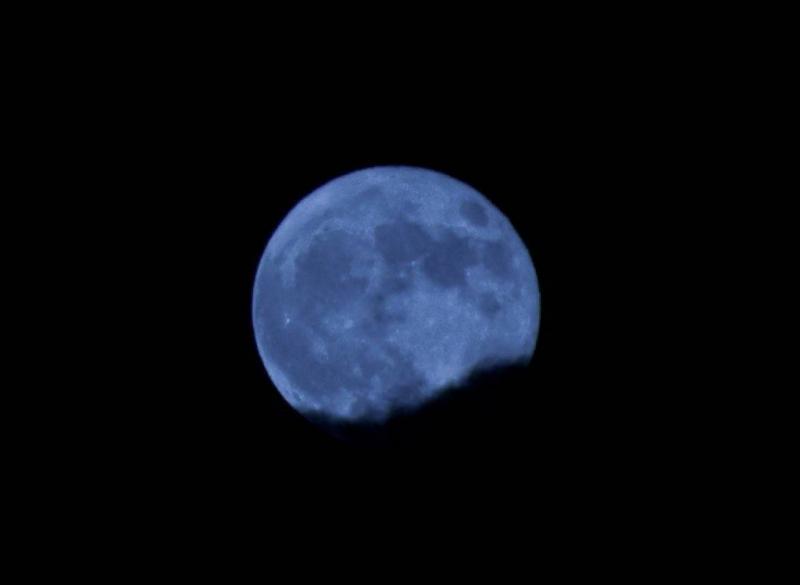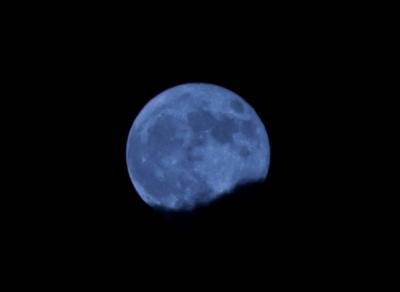For the first time in a long while, August of this year will feature two giant moons, including the blue moon. NASA states that the second full moon of summer, traditionally known as the "Sturgeon Moon," will rise in the east just 30 minutes after sunset on the first day of August and will reach its peak at 6:32 PM GMT. This full moon is named the "Sturgeon Moon" due to the sturgeon fish that are abundant in the Great Lakes: Huron, Michigan, Erie, Ontario, and Superior. In other parts of the world, this moon is known as the Corn Moon, the Grain Moon, and even the Red Moon.
By August 16, the moon will enter its crescent phase. On August 30, a second full moon known as the blue moon will peak at 1:36 AM on August 31. Since the moon takes about 29.5 days to complete a full cycle, and months are just a few days longer, it is rare to witness a blue moon phenomenon. A blue moon can be seen every three years on average, with the next occurrence scheduled for May 2026.
What makes the moons of August even more special is that both will be supermoons. The term "supermoon" describes a full moon that appears larger than the average full moon, as it falls within 90% of its closest orbit to Earth. The supermoon phenomenon occurs when the moon's orbit is closest to Earth due to its elliptical shape.
Due to their proximity, supermoons may appear up to 16% brighter and 7% larger than a regular full moon.




